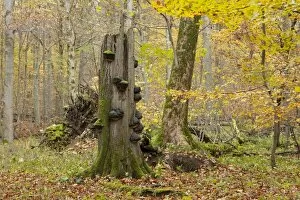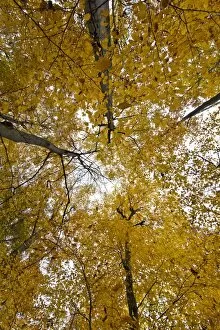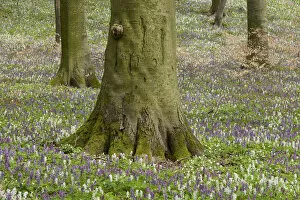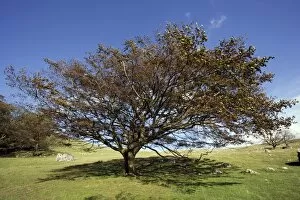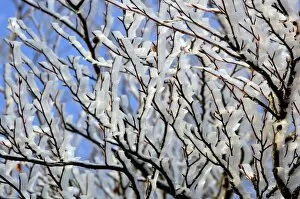European Beech Collection (#4)
The European Beech, also known as Fagus sylvatica, is a majestic tree that can be found in various enchanting locations across Europe
For sale as Licensed Images
Choose your image, Select your licence and Download the media
The European Beech, also known as Fagus sylvatica, is a majestic tree that can be found in various enchanting locations across Europe. In the serene Bluebell field of Oxfordshire, England, these beech trees stand tall and proud amidst a sea of vibrant blue flowers called Hyacinthoides non-scripta. Similarly, in Halle, Belgium's picturesque Vlaanderen region (Flanders), the Hallerbos Forest boasts a breathtaking carpet of bluebells intertwined with the hardwood beech forest. During autumn in the Hoge Kempen National Park, visitors are treated to a mesmerizing display as the European Beech sheds its leaves and transforms into a golden wonderland. The beauty continues in Halloh's Hutewald where an ancient Old Hute beech showcases its splendor against the backdrop of Common Beech foliage. Even winter cannot diminish the allure of these magnificent trees. Covered in freshly fallen snowflakes, they create an ethereal scene in Saxony, Germany. As spring arrives and nature awakens once more, paths wind through Hallerbos' Bluebell Flowers and Beech Forests - an idyllic setting for peaceful walks and contemplation. Whether it is witnessing their transformation throughout seasons or being captivated by their harmonious coexistence with other flora such as bluebells; European Beeches never fail to leave us awe-inspired. From Limburg's Hoge Kempen National Park to Oxfordshire's Bluebell fields or even further beyond into Flanders' Hallerbos Forests – these remarkable trees continue to remind us why they hold such significance within Europe's natural landscapes.



